Place you visit, tradition you find. This is the great richness of Italy, that in a handful of kilometers changes voice, taste, sound, colors and style, showing the thousand faces of beauty.
This is also true, and perhaps even more so, for the artisan traditions that dot our country from north to south, depending on what the territory offers as raw materials, on the history of these lands, on who has ‘passed’ to us, who has experienced it and, of course, on the passions, because it is first of all the passion that moves this world full of charm and beauty.
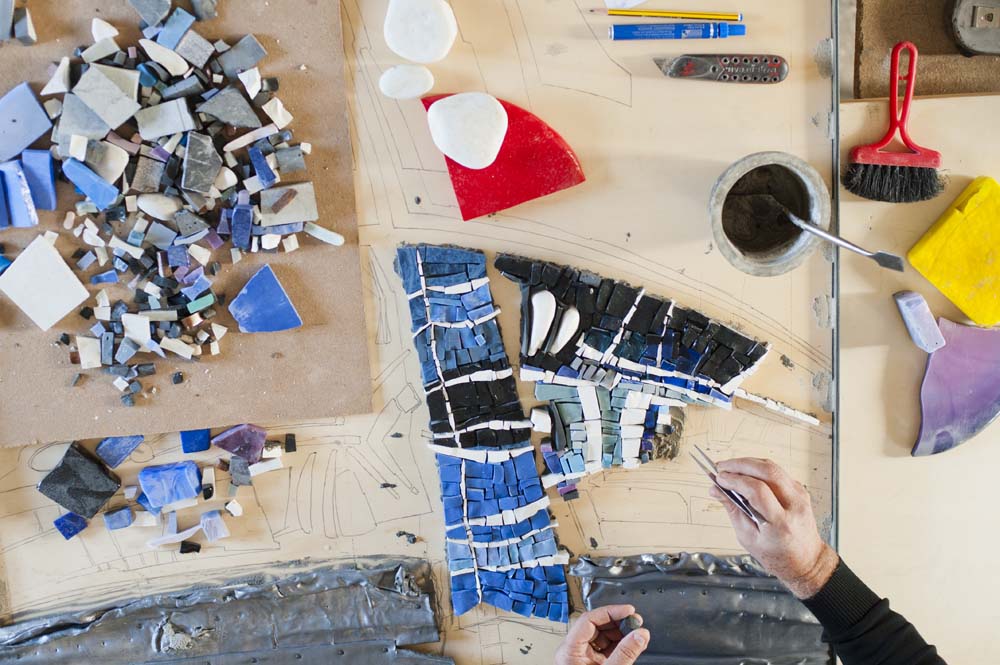
Starting from the north we immediately think about the working of the soapstone of Valle d’Aosta. Stone, although of a different nature, that moving to Friuli Venezia Giulia lives in the art of mosaic, and that instead in Tuscany takes the form of the Florentine commesso, the scagliola, the works in pietra serena of Firenzuola, and the even more precious white marble of Carrara, green marble of Prato, yellow marble of Siena as well as the alabaster of Volterra, without forgetting the famous tuf of Matera and the equally candid limestone of Lecce.

For wood we return to Valle d’Aosta, but also to Trentino, Veneto and then slowly descend towards Lombardy, with Milan and Cantù, known as the city of furniture, and continue towards Liguria, where the famous Chiavari chairs are located, visit Modena, with its fragrant barrels of balsamic vinegar, and pass through Tuscany, admiring its inlaid woodwork, cabinet-making, and finally have fun and enchant ourselves with the art of nativity scenes in Naples.
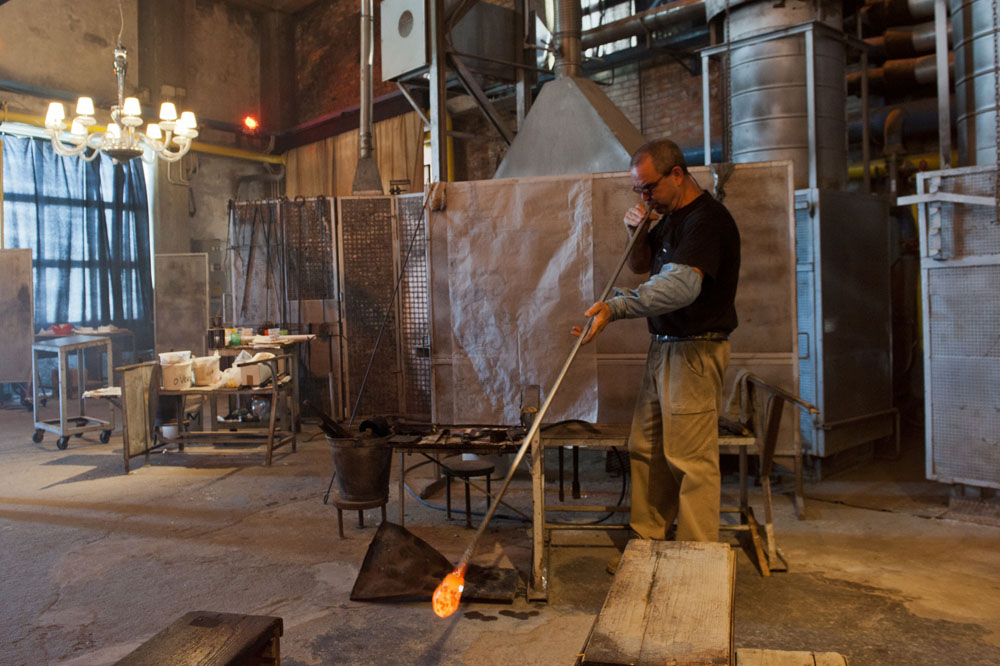
Speaking of glass the first thought can only go to Murano and its laboratories where glass is still blown by mouth. This is certainly his place of choice, but not the only one. Remaining on the theme of blown glass, even Altare, in Liguria, boasts an ancient tradition, while in Milan this sparkling material takes the form of magnificent stained glass windows (just think of its beautiful Duomo).

Ceramic, porcelain, majolica, terracotta … here you can really enjoy yourself and so does the man since time immemorial. To find some of the most refined porcelain you need to go to Veneto and Campania (Capodimonte is the fulcrum), as well as the famous ceramics of Albissola in Liguria and Faenza in Emilia Romagna, as well as the Tuscan ones, especially in the area of Montelupo and Siena, and the Umbrian ones, especially those originating in Deruta and Orvieto. We then move to the Marche region, starting from Urbania and Casteldurante, and stop in Castelli, in Abruzzo. All this before plunging into the colorful world of Apulian ceramics (very typical those of Grottaglie) and, leaving the mainland, in Sicilian ceramics, Caltagirone on everything, as well as Sardinian ones.
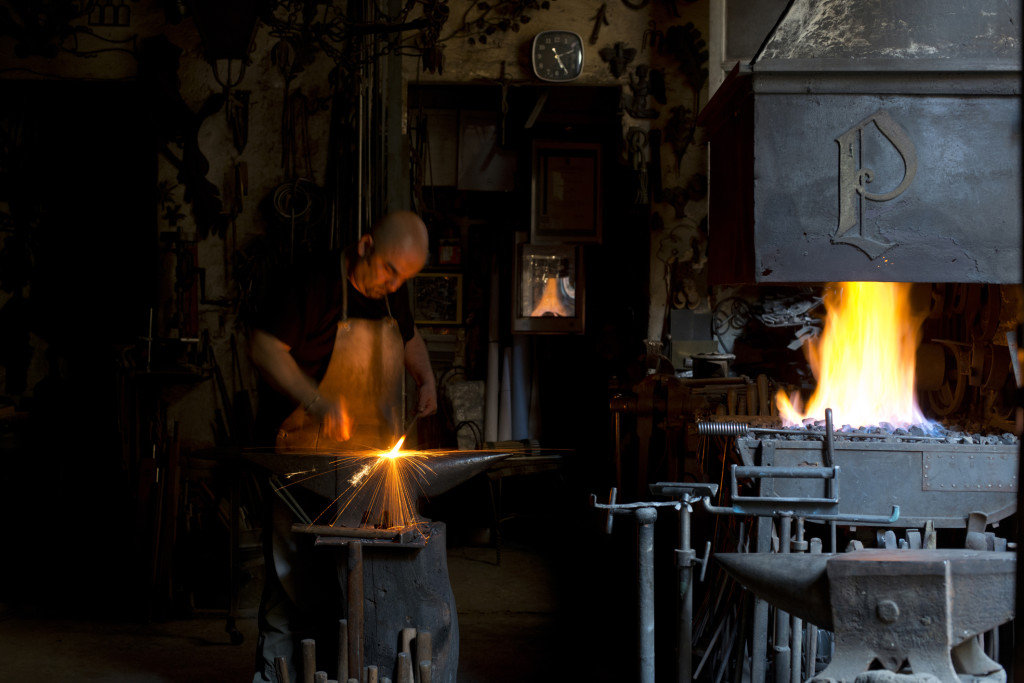
Another great trend of Italian craftsmanship. Historical workshops can be found in Milan, especially when it comes to brass, but also in Bologna and Marche. From the long tradition are then the Florentine bronzesmiths, as well as blacksmiths in Piedmont. Finally, special mention for the master cutlers of Scarperia in Tuscany, Pattada in Sardinia, and Frosolone in Molise.

Speaking of paper, the first thought usually goes to Fabriano, in the Marche region, certainly one of its production centers par excellence, but we cannot forget the ancient tradition of Amalfi, as well as that of Toscolano Maderno, on Lake Garda, and Bassano del Grappa. While it is in Venice, as well as in Turin, Florence and Naples, that the bookbindery boasts some of its most historic stores. From paper to papier-mâché the step is short and immediately brings to mind the refined Venetian masks and statues from Lecce.
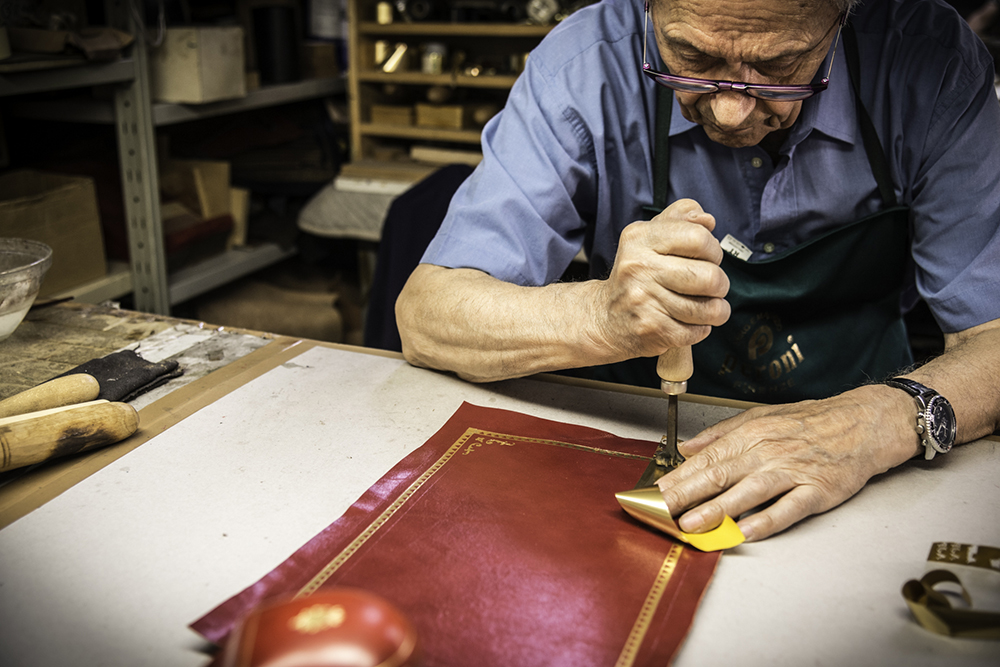
The processing of leather, in places where it boasts its most ancient traditions, is closely linked to the flow of a river, fundamental in the operation of the tannery. And so, the leather accessories, from bags to belts to shoes, find its exceptional representatives in cities like Florence, with the famous leathers of Santa Croce, Modena, but also Milan, Bologna and Rome.

The world of jewelry is one of the most varied in terms of style. Goldsmithing and silverworking are among the most characteristic crafts in Florence and Milan, while in the south, especially in Torreo del Greco, and on the islands, especially in Trapani and Alghero, where the so-called red gold abounds, are the great masters of coral. Without forgetting, to stay in Sardinia, also the ancient technique of filigree.
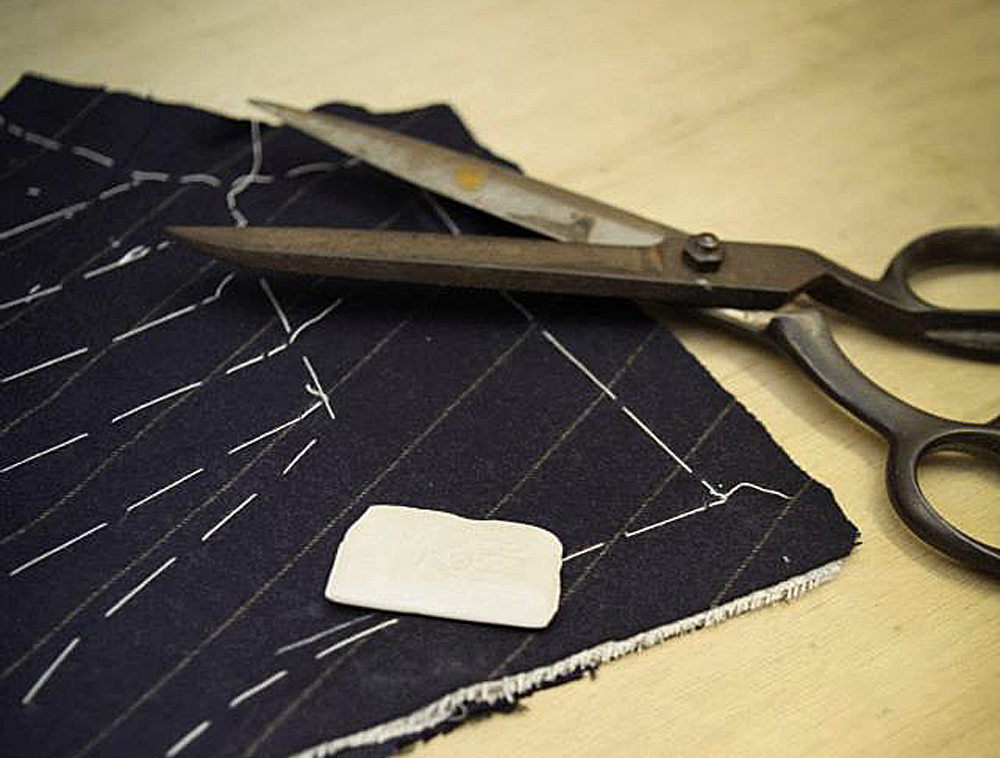
You say “tailoring” and you immediately think of Naples. It is here, in fact, that a style and technique that we are envied all over the world has developed. Other cities, however, deserve special mention, such as Florence and Venice, ancient homelands of elegance, Rome with its historic stores and Milan, which speaks the language of fashion perfectly before the arrival of the great international fashion houses.
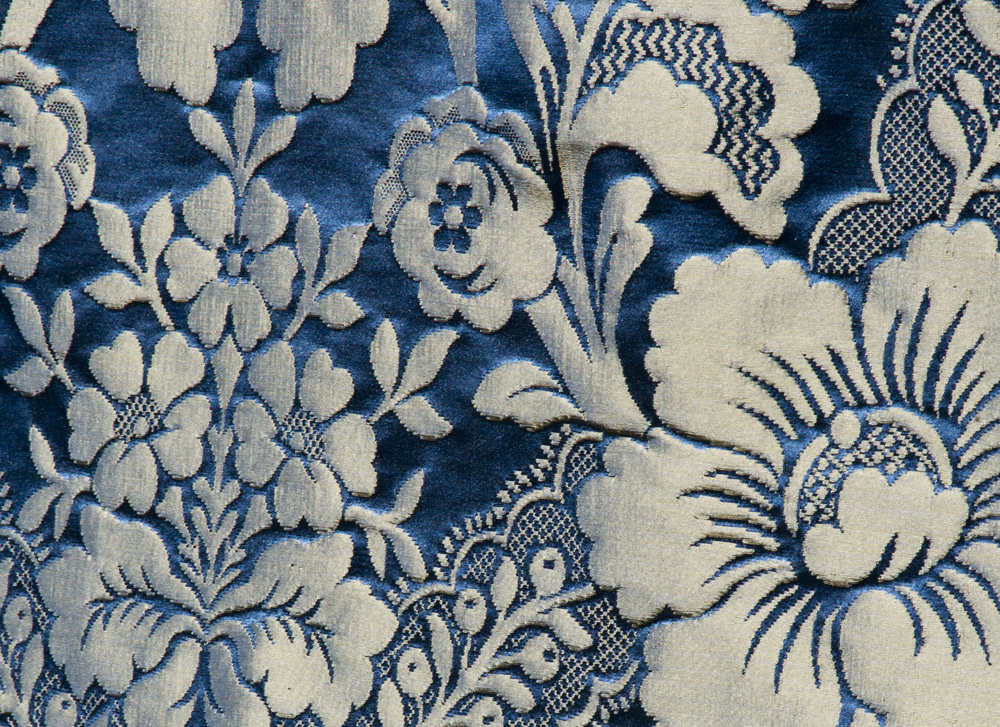
At arm’s length with the tailoring there is of course the textile art. In a melting pot of cultures as Venice was, the oriental influence of silk processing could certainly not be missing. The same tradition has also found fertile ground in Liguria, especially in Zoagli and Genoa, but also in Florence, Lucca, Como and Catanzaro. In these same cities developed over time the creation of the most precious of the fabrics obtained from silk, i.e. velvet, from Venetian soprarizzo velvet to the noble Florentine and Ligurian damasks, flanked, again in the area of Zoagli and Genoa, by refined macramé and lampas. Finally, the tradition of Sardinian carpets by Mogoro is very old and all-female.
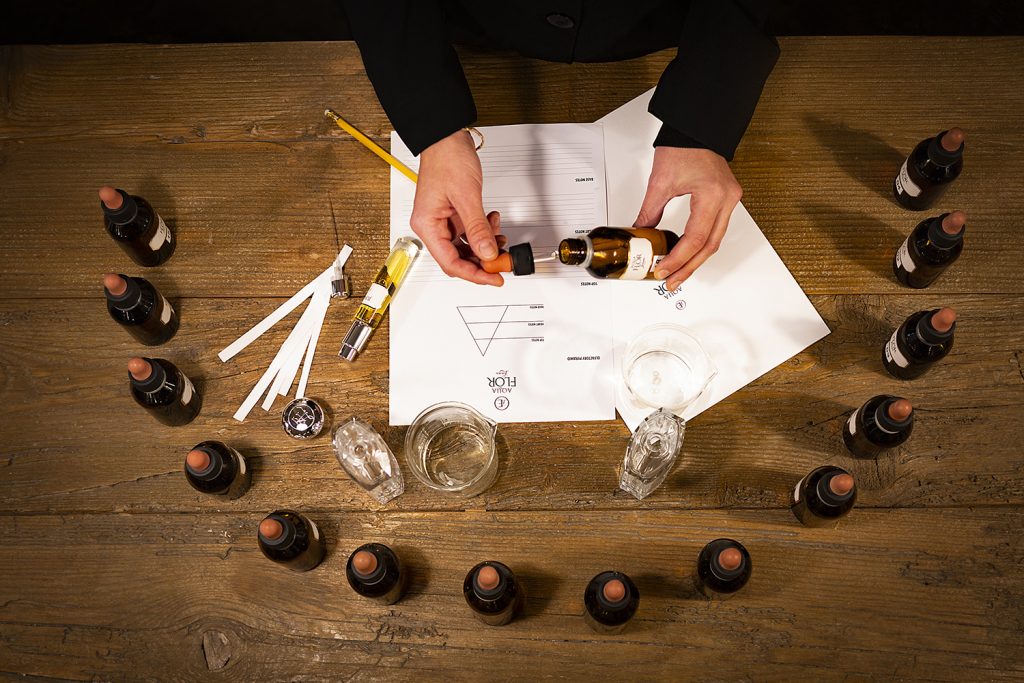
The perfumery art as we understand it today has a very precise origin: Florence. It was from here, at the time of the Medici, that a craft was born and refined that first landed in France, where it found high interpreters, and then all over the world.
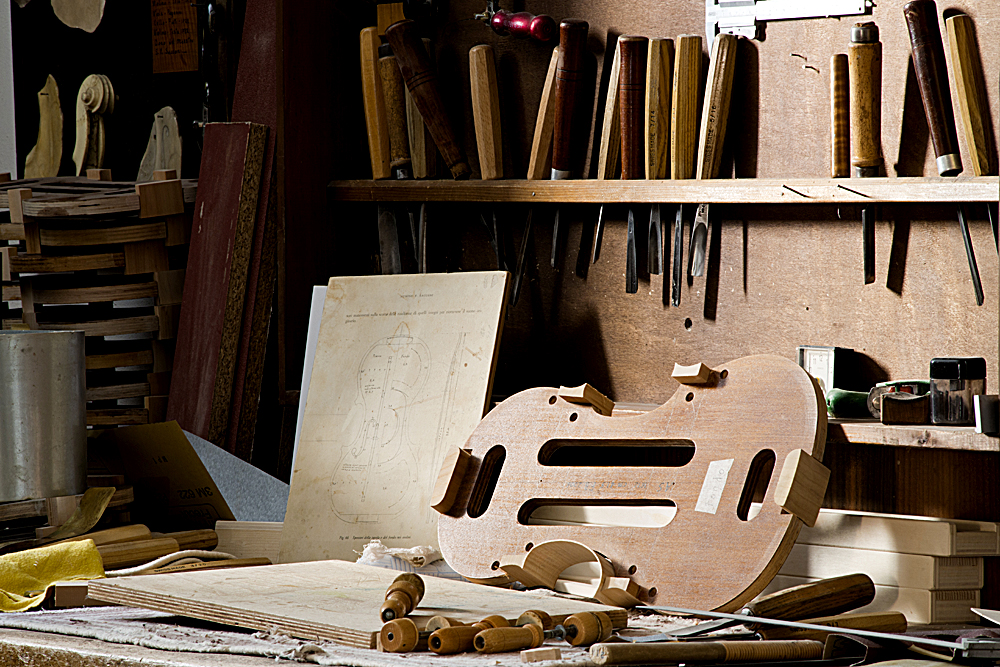
As far as classical liuthier’s tradition making is concerned, therefore violins and cellos, we have two great creative poles: Cremona and Milan, where is also strong the production of flutes and keyboard instruments, whose secrets are well known also in the area of Viterbo. Sound of accordions instead welcomes those who visit the Marche region, in particular Castelfidardo, bagpipes and bagpipes in Abruzzo, guitar in Calabria and mandolin in Naples.